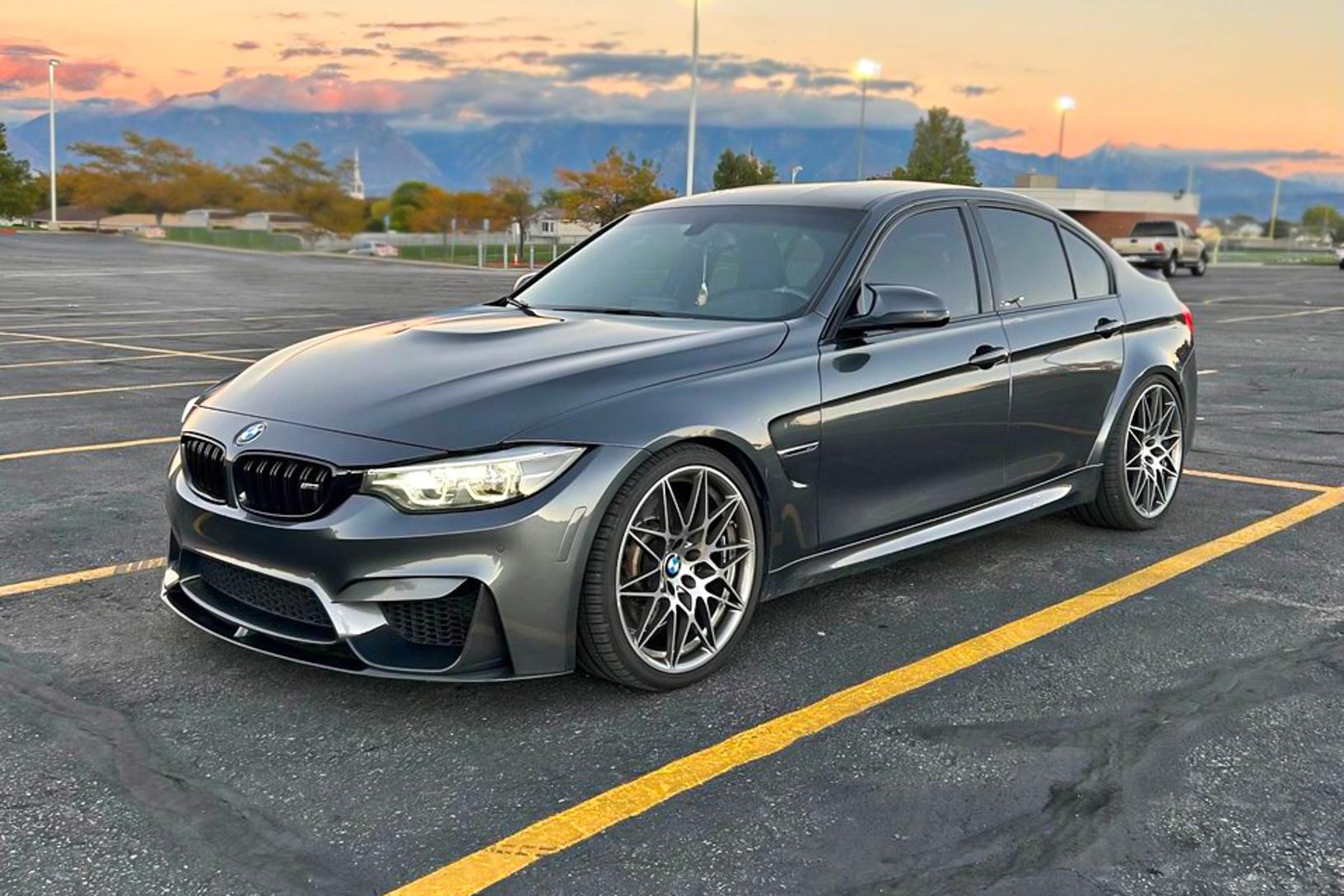
Dönüşüm/proje araçların arka planı
Yayınlarda zaman zaman sorduğunuz bir başka otomobil 'türü' de, proje araçlar: Yani orijinalinin neredeyse yarı fiyatına bulunabilen ve ürün gamındaki giriş seviyesi bir modelin, en güçlü versiyona dönüştürülmüş hali (320i > M3, gibi).
Bu tarz ilanları değerlendirirken sormamız gereken iki soru var:
- Dönüşüm sonucu ortaya çıkan otomobil, mekanik ve geri bildirim anlamında orijinaline ne kadar yakın oluyor?
- Bu dönüşüm nasıl gerçekleşiyor; donör araç ile motor, şanzıman vb. parçalar ne şekilde tedarik ediliyor?
İlk sorudan başlayalım ve en yaygın örnek BMW'ler olduğu için, oradan devam edelim. Halk arasında M'lerle standart modeller arasındaki farkların –tampon, jant, iç mekan vb. görseller yanında– motor, şanzıman, fren ve süspansiyondan ibaret olduğu gibi bir yanılgı var. Halbuki bu arabalar M haline gelirken çok daha kapsamlı bir şekilde, şasiye kadar elden geçiriliyorlar ve ortaya yalnızca daha güçlü ve iyi yol tutan değil, aynı zamanda daha rijit ve çevik bir araç çıkıyor. Ayrıca, çoğu zaman M'ler standart modellerden biraz daha ağır oluyorlar ama, aslında değişen parçaların artırdığı kütleyi bertaraf etmek adına ciddi hafifletme çalışmaları yapılıyor. Birkaç örnek verelim:
- E30 ile E30 M3 sadece far, ön panjur, yan camlar ve bazı iç mekan parçalarını paylaşıyor.
- F30 ile F80'in ön takımı, birbirinden tamamen farklı.
- E92 M3'ün tavanı karbonfiber.
- Hemen hepsinin direksiyon sistemi ve oranı değişik; örneğin Z4 M'de, standart modellerdeki elektrikli yerine hidrolik direksiyon kullanılıyor.
Elbette hiçbir dönüşüm, bu denli detaya girilerek yapılmıyor zira Borusan'dan tüm orijinal parçalar sipariş edilmeye kalkılsa, yarı fiyatını bırakın, proje aracın maliyeti orijinalini geçerdi.
Bu işi usulüne uygun bir biçimde, kayıtlı, gerekli tüm fatura ve evrakları sunarak yapanları tenzih ediyorum. Ancak piyasadaki çoğu dönüşüm araç, aşağıdaki süreçlerden bir ya da birkaçından geçerek ortaya çıkıyor:
- Bulgaristan ya da Gürcistan'dan yabancı bir vatandaş, orijinal M modelini Türkiye'ye getiriyor. Bu otomobiller de o ülkeye genelde ABD'den ithal edilmiş oluyor.
- Donör araç sökülüp, gerekli bileşenler kazalı ama tramersiz bir araca aktarılıyor, kalanı çıkmacılara satılıyor.
- Kalan boş (yurtdışından gelen) şasi hurdaya atılıyor, getiren kişiye sorulduğunda "aracım çalındı" diyor.
- 'Stok affı' kapsamında, faturasız-kayıtsız bu motor, EGM'den motor numarası alıp ruhsata işletilebiliyor.
- Alternatif olarak, standart araçla Gürcistan/Bulgaristan'a gidip orada da aynı işlem yapılabiliyor; parçalar donör M'den, götürülen araca aktarılıyor. Sınırda kontrol plaka ve şasiden yapıldığı, motor kontrolü olmadığı için de, geri girişte sorun çıkmıyor.
- Dönor aracın geçmişi meçhul olduğu gibi, üzerine aktarılan araba da genelde bitik/ağır hasarlı/km düşürülmüş seçiliyor, maliyetin düşürülebilmesi adına. Şasinin düzgün olması yetiyor.
- Dönor aracın beyni takılmak zorunda olduğu için, dönüşüm otomobilin gerçek kilometresi de bilinmiyor. Yeter ki dönor aracın km'si son muayeneden yüksek olsun: Örneğin, 120 bin km'deki araba en son 2 sene önce 80 bin km'deyken muayeneye girmiş, dönor araçsa X kilometrede. Beyin yeni araca takılıp kilometre 90 bine çekiliyor.
Henüz devletin bu yasadışı uygulamaya bir müdahalesi yok ancak ileride, bu şekilde yaratılmış tüm dönüşüm araçlar alınacak tek kararla trafikten men edebilir.
Kaynaklar


4 Yorum